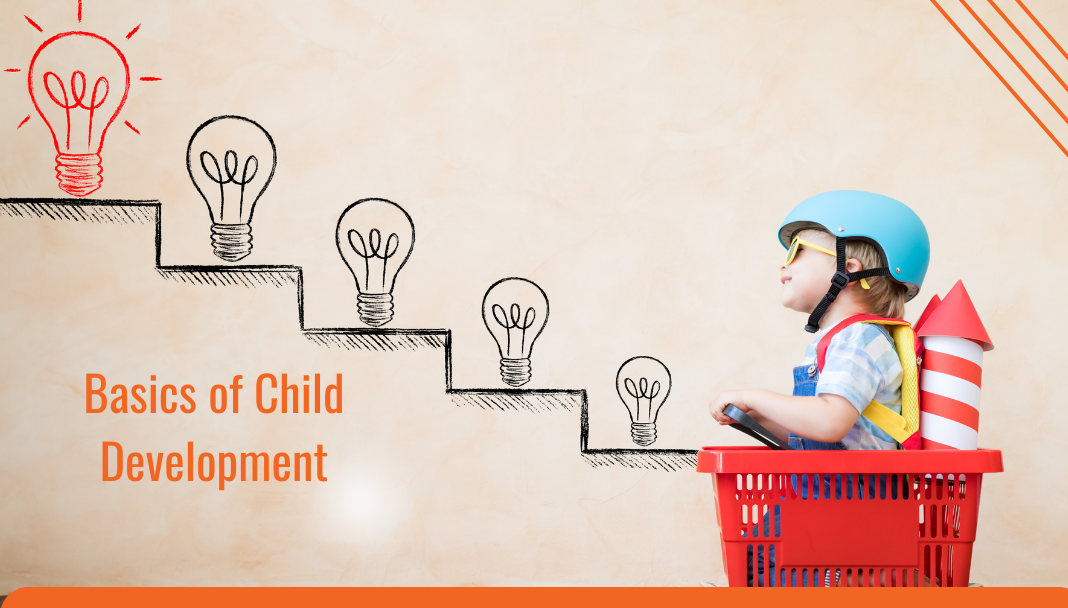ADHD is characterised by inattention, impulsivity, and hyperactivity behaviours. Children with ADHD commonly face difficulties in emotional regulation, resulting in heightened emotional responses, frustration management issues, and impulsive reactions.
Understanding and addressing these emotional regulation challenges is crucial in supporting children with ADHD. This blog focuses on ADHD emotional dysregulation and ADHD child emotional regulation and answers to how to help children regulate their emotions and whether ADHD causes emotional dysregulation.
Understanding ADHD Emotional Dysregulation
ADHD, a neurodevelopmental disorder, disrupts self-regulation in individuals, impacting attention, activity, emotions, and more. Emotional dysregulation is prevalent, with intensified and prolonged emotions.
Inattention, impulsiveness, and memory issues inherent to ADHD hinder emotional regulation skill development, making individuals more susceptible to emotional dysregulation.
ADHD’s innate hypersensitivity magnifies input, and deficient self-regulation exaggerates output, intensifying emotional responses.
The Link between ADHD and Emotional Regulation
While emotional dysregulation isn’t part of ADHD’s official diagnostic criteria, research indicates that around 70% of adults with ADHD struggle with emotional regulation. Even without co-occurring conditions, heightened emotions are shared.
As shown in various studies, children with ADHD also face emotional challenges, linking emotional dysregulation to ADHD symptoms. The ADHD children’s brain’s wiring makes emotional regulation difficult, eliminating the brain’s “pause button“.
Rapid, intense feelings may lead to public emotional expressions, potentially causing follow-up emotions like guilt or shame. Research highlights neurological differences in ADHD that affect executive functions and emotional processing, contributing to challenges in self-regulation.
Signs of emotional dysregulation in ADHD
- Lower resilience.
- Inability to restore emotional balance.
- Deep focus on conflict.
- Persistent negative emotion.
- Impulsivity
How to improve emotional regulation
Emotional regulation is an important step in managing ADHD symptoms. Here are some of the quick tips to help your child.
Label the emotions
Improving emotional regulation begins with heightened self-awareness achieved through the crucial step of labelling emotions. This involves recognising emotional manifestations in the body and explicitly naming the feelings experienced.
For individuals with ADHD, this process enhances their ability to understand and control emotions. Labelling makes emotions more comprehensible, laying the foundation for creating distance between feelings and responses.
This separation allows reflection, problem-solving, insight, and wisdom—crucial elements in addressing emotional dysregulation.
Explore mindfulness
Research indicates that mindfulness-based interventions, encompassing activities like meditation and psychotherapy, play a crucial role in emotion regulation. This is achieved through the sequential process of observing, describing, and acting with awareness.
Mindfulness is a potent tool for adults and children in emotional regulation. It fosters heightened self-awareness, emotional clarity, and stress reduction while promoting improved impulse control and emotional resilience.
Try co-regulation with children.
Trying co-regulation with children is a beneficial approach to emotional regulation. Children benefit from the calm support and learned coping strategies provided by caregivers. Remaining calm in response is crucial for co-regulation.
A pre-established plan for helping children cope with difficult emotions or situations can prevent or address intense emotional reactions. Co-regulation, a collaborative process between adults and children, involves modelling:
Reduce extraneous environmental stimulation
To enhance emotional regulation, measures include minimising distractions, adjusting lighting, offering alternative seating options, and establishing a designated calming space for students.
These modifications help manage cognitive load, preventing overstimulation and fostering emotional stability. A simplified environment improves focus, emotional self-awareness, and stress reduction, supporting sensory sensitivities.
Implementing structured routines and predictable spaces further contributes to successful emotional regulation in individuals with ADHD.
Create a Safe Reset and Return Space
An effective Safe Reset and Return Space serves as a proactive tool for individuals, including teachers, offering a designated area to downregulate emotions before returning to the demands of the classroom. It features visuals, comfortable seating, and sensory tools and is not used as a consequence. This intentional design promotes emotional well-being and effective emotion management.
Neuropedia is a renowned children’s neuroscience centre in Dubai that offers therapies for managing and treating ADHD emotional dysregulation.
Choose Neuropedia in Dubai for your child’s ADHD emotional dysregulation treatment.
Neuropedia, a leading healthcare institution in Dubai, boasts a team of top-notch child neurologists who provide exceptional care to children. Operating in a warm and compassionate environment, their expert team is dedicated to delivering optimal outcomes for each child under their supervision.
Book an appointment now with our Clinical Psychologist Ms. Aakriti Mahindra.











 04 343 1113
04 343 1113 info@neuropedia.ae
info@neuropedia.ae







.png)






